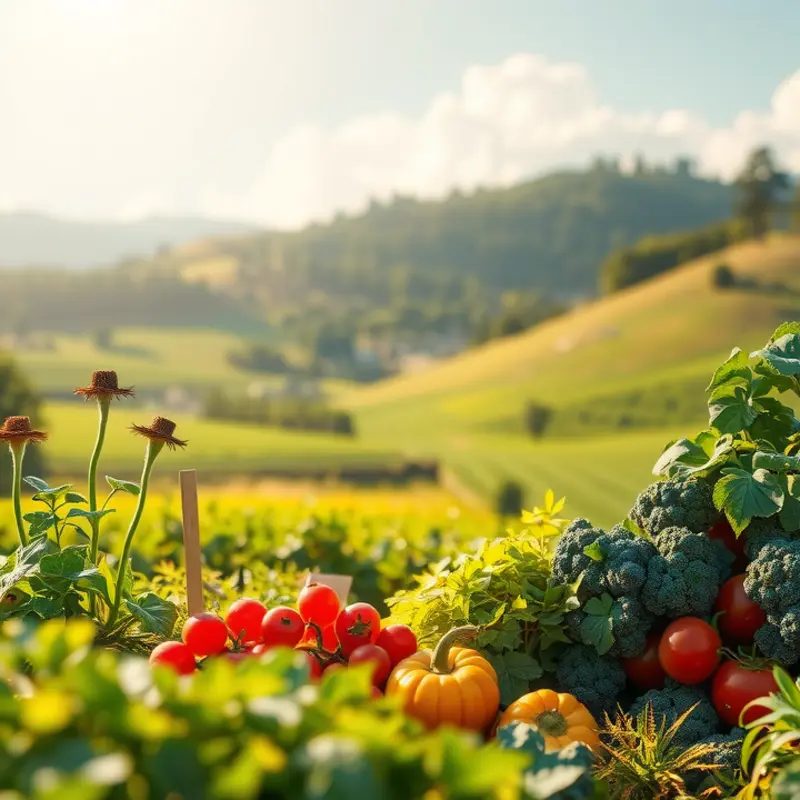Reheating food multiple times is a common practice, but concerns often arise regarding its safety. Many people wonder if repeatedly heating leftovers can lead to harmful bacteria, nutrient loss, or food poisoning. Understanding the science behind reheating can help clarify these concerns and guide healthier choices. Let’s explore the facts and dispel myths surrounding this culinary common practice.
Understanding Food Safety and Bacterial Risks

To comprehend the risks involving reheated food, it’s crucial to understand bacterial growth. Bacteria, such as Salmonella and Listeria, thrive in environments where moisture, warmth, and nutrients are present. The temperature range between 40°F and 140°F, known as the ‘danger zone,’ is ideal for bacterial multiplication. In just a few hours, bacteria can multiply to unsafe levels, making the food potentially dangerous to consume.
Proper food storage is the first line of defense. Refrigerate leftovers within two hours to slow bacterial growth. Divide large portions into smaller containers to cool food rapidly. This minimizes the time food spends in the danger zone, reducing bacterial proliferation.
Reheating food correctly is another preventative measure. Food needs to be heated to at least 165°F to kill most bacteria. Stirring during reheating ensures even distribution of heat. Use a food thermometer to verify the temperature if possible.
Reheating food multiple times can elevate risks. Each cycle of cooling and reheating increases the chance for bacteria to grow if food enters the danger zone. Thus, when dealing with large quantities of leftovers, reheat only what’s needed. This practice limits the number of times food goes through temperature fluctuations, reducing bacterial risks.
However, not all bacteria are eliminated through reheating. Some, like Bacillus cereus, can produce heat-resistant spores or toxins. Once formed, these spores can withstand cooking temperatures and cause food poisoning.
To minimize waste while ensuring safety, consider utilizing meal prep strategies that incorporate proper storage techniques. For practical advice on reducing kitchen waste, explore Safer Storage of Sauces. Employing these tactics can help maintain both the safety and nutrition of leftovers.
Ultimately, a cautious approach is advised. By implementing safe storage and reheating practices, the risks associated with reheating food multiple times can be substantially mitigated.
Nutritional Impacts of Reheating

Reheating food is a common practice that often raises concerns about its impact on nutritional content. The process of reheating can indeed affect the vibrancy of vitamins and potency of minerals, altering the overall quality of a meal.
Vitamins, especially water-soluble ones like vitamin C and B vitamins, are sensitive to heat. When food is reheated, these nutrients can degrade, leading to a reduction in their levels. Vitamin C, for example, is particularly prone to loss during reheating as it is not only sensitive to heat but also to light and oxygen. Therefore, repeated exposure to high temperatures can significantly diminish its presence in foods.
Minerals, in contrast to vitamins, are more stable under heat. They do not break down as readily, but they can leach into cooking liquids and be lost if the reheating method involves significant moisture loss. Methods that minimize contact with water, like steaming or microwaving, can help in retaining these essential nutrients. Using a lid while reheating also helps contain steam within the dish, reducing nutrient loss.
Protein in food is usually not significantly affected by reheating in terms of quality. However, the texture can become tougher if reheated improperly, which can make it less enjoyable to eat. Similarly, fats can oxidize under high heat, which not only affects the flavor but can also impact health if consumed in large amounts.
To minimize nutrient loss during reheating, consider these practical tips:
- Use minimal heat: Apply low or medium heat settings and monitor the temperature to ensure it doesn’t destroy delicate nutrients.
- Limit reheating times: Reheat only what you need in small batches to avoid extended exposure to heat.
- Moisture is crucial: Add a splash of water or cover the dish to maintain moisture levels, especially in microwave cooking.
- Quick reheating is key: Use methods like steaming or microwaving that apply heat quickly and efficiently, reducing the time nutrients are exposed to high temperatures.
Storing food correctly prior to reheating can also play a significant part in nutrient preservation. Use airtight containers to reduce exposure to air, and refrigerate promptly. For comprehensive guidance on smart kitchen storage to maintain food quality and reduce waste, you can explore eco-friendly storage solutions.
Understanding the balance between convenience and nutrition is crucial. While reheating food might adjust its nutrient profile slightly, employing proper techniques ensures that reheated meals remain nutritious and enjoyable.
Final words
Reheating food multiple times can be safe when done correctly. Pay attention to storing food at the right temperatures, ensuring thorough reheating, and limiting the number of times food is reheated. Nutritional impacts exist, but employing techniques such as microwaving or steaming can minimize vitamin loss. By following these guidelines, you can confidently enjoy your leftovers while maintaining both safety and nutrition. Remember, the goal is to strike a balance between convenience and health!








